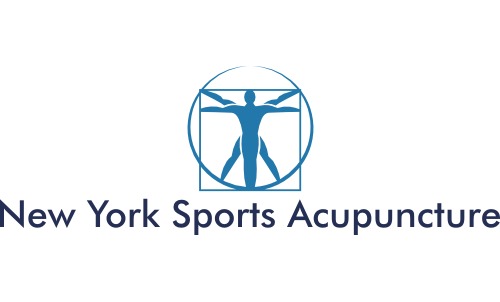Research Update – Acupuncture Related to Liver
Health
The College of Oriental Medicine at Daejeon
University conducted and published a study that shows acupuncture can reduce
liver toxicity, while protecting the liver and its functions. While this study
was conducted on laboratory rats, the information collected shows great promise
as to how it can be used in humans. The rats were injected with an olive oil
solution into the abdomen to create an injury to the liver. They were then
treated using a specific acupuncture point (Gallbladder 34). The gallbladder and
liver meridians are linked through an interior-exterior relationship. Blood
work was monitored throughout the study and specific liver values were shown to
improve as the acupuncture treatments continued, thus helping to balance the
liver and keep it functioning properly.
Traditional Chinese Medicine looks at the human
body quite differently from Western medicine. In TCM there are energetic
pathways associated with specific organs in the body. When these pathways and
the energy flowing through them are out of balance the body may become
diseased.
In TCM, the liver and its corresponding meridian
are responsible for the smooth flow of Qi (pronounced “chee”) or energy, blood
and emotions. The liver is easily affected by excess stress and uncontrolled
emotions. The liver is paired with the gallbladder and the two work very
closely as a unit. When one is imbalanced, the other may display the symptoms.
For instance, if a person is consistently stressed, this may cause the liver Qi
to become blocked. When this happens, the gallbladder may become affected. It
is not uncommon for people in high stress jobs to end up with gall stones. This
happens because the liver becomes blocked and the emotions remain bottled up
inside, which then manifests in pain and possibly stones.
Anger is the emotion commonly associated with the
liver and gallbladder. If a person is frequently irritable, gets angered
easily, has difficulty relaxing or letting things go, and is unreasonable, it
is safe to guess that the liver Qi isn’t functioning properly. There are many
methods of balancing liver Qi and returning proper energy flow throughout the
body. Learning to stay calm and channel one’s anger appropriately is a good
place to start. Practice some deep
breathing, meditation, yoga or even take a walk. All of these things are great for balancing
stagnant liver Qi.
Acupuncture is another great way to balance the
liver energies. Regular acupuncture treatments help balance the body
holistically and without any real side effects. During the spring, the liver is
especially taxed due to the intense new energies that occur. This makes spring
time a wonderful time to begin acupuncture treatments. Be sure to find a fully
licensed and properly trained acupuncturist who can help guide you through
balancing the energy of the liver meridian.
New York Sports Acupuncture
Bishara Wilson, L.Ac., MSTOM, C.SMA
888.375.5444
